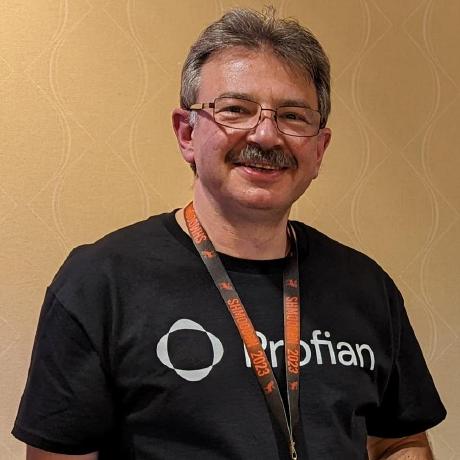Title: Enarx & Steward Attestation
Author: Richard Zak
Date: March 28, 2024
A discussion on how Enarx and Steward use Certificate Signing Requests (CSRs) to provide remote attestation of a Keep. Steward is a Confidential Computing-aware Certificate Authority which signs CSRs if and only if all attestation checks are successfully validated. This way, the signed certificate, which is part of the Steward CA certificate chain, becomes a token for third parties to ensure that an application secured with Enarx really is secured.
Source: EuroProofNet 2024 Working Group 3




